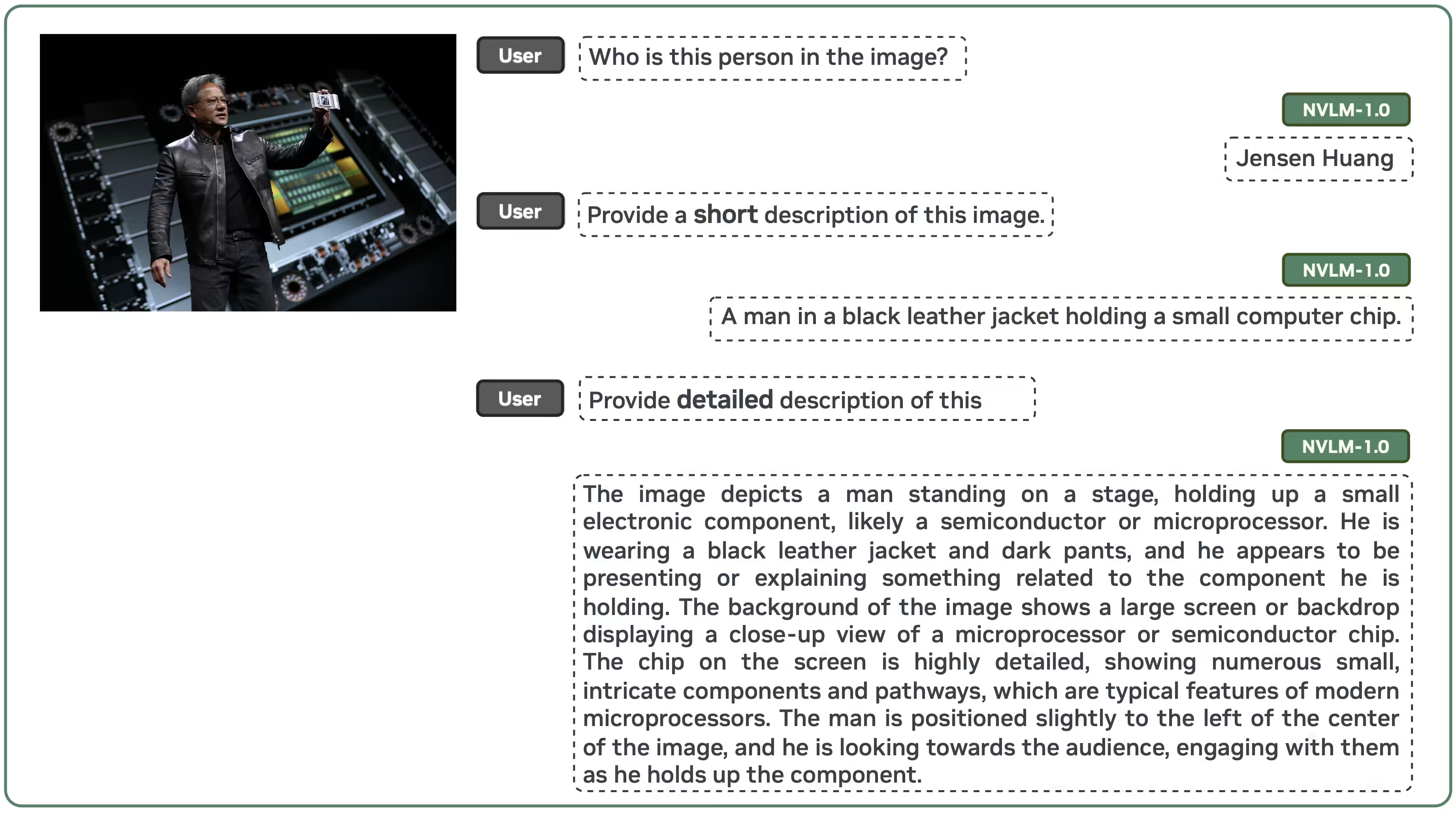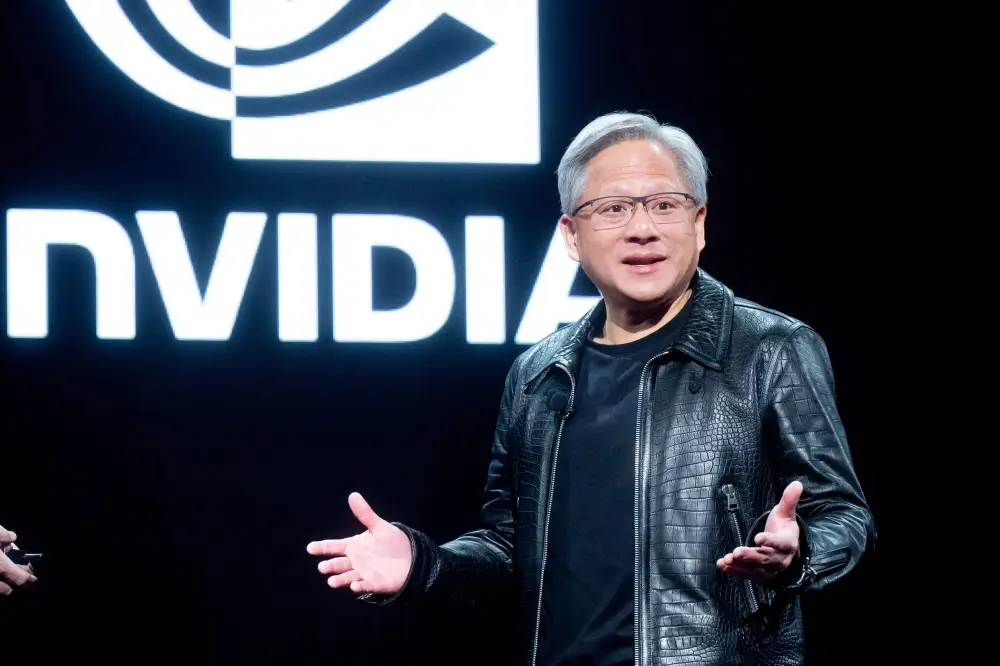Nvidia has made a major announcement by launching a new open-source artificial intelligence model. The NVLM 1.0 family, led by the NVLM-D-72B model, is designed to compete with AI systems from companies like OpenAI and Google. This new model performs exceptionally well on both visual and language tasks, setting it apart from existing AI models.
Unlike many companies that keep their advanced AI models private, Nvidia has decided to release the model’s weights publicly. This means researchers and developers now have free access to powerful AI technology, a move that could boost innovation across the field.
What is NVLM-D-72B model?
The NVLM-D-72B model is versatile, and able to handle complex visual and textual inputs. It can understand images, and memes, and solve detailed mathematical problems step-by-step. What makes NVLM-D-72B unique is its improvement in text-only tasks after training on multimodal (vision and text) inputs. Typically, models lose accuracy in text tasks after multimodal training, but this model improved its performance by 4.3 points on key benchmarks.
“Our NVLM-D-72B has shown major improvements in text-based tasks, particularly math and coding,” Nvidia’s researchers explained. This gives Nvidia’s model a competitive edge, even over other large language models.
Positive Response from AI Experts
The AI community has reacted positively to Nvidia’s decision to open-source its powerful model. One AI researcher commented on social media, “Nvidia’s 72B model performs similarly to models much larger in size, and it even supports vision tasks.”

By providing access to this advanced technology, Nvidia is giving smaller organizations and independent researchers a chance to contribute to the future of AI. This open-source approach could lead to new breakthroughs in AI research.
NVLM 1.0 also brings new architectural innovations to the table. Nvidia’s hybrid approach combines different processing techniques for better multimodal performance, which could influence future AI research.
Potential Industry Impact and Challenges
Nvidia’s decision to make its AI model open-source will likely have a big impact on the industry. By challenging the proprietary models of companies like OpenAI and Google, Nvidia is shifting the focus towards openness and collaboration. This could push other companies to rethink how they approach AI research and development.
However, making such a powerful model openly available also raises concerns. As more people gain access to advanced AI technology, there’s an increased risk of misuse. Nvidia’s decision brings up questions about how to balance innovation with the ethical use of AI. The AI community will need to develop new guidelines to ensure responsible use.
Is This New Era for AI Development?
With the release of NVLM 1.0, Nvidia is paving the way for a new era of open-source AI development. By making a state-of-the-art model freely available, Nvidia has challenged the structure of the AI industry. This decision could accelerate AI progress and lead to more collaboration.
In the coming months, the true impact of NVLM 1.0 will become clearer. It has the potential to revolutionize AI research or introduce new challenges related to ethics and misuse. One thing is certain: Nvidia’s move will change the future of AI.
Key Takeaways:
- Nvidia’s NVLM 1.0 AI model is open-source: This model is freely available for researchers and developers to use, which breaks from the trend of keeping advanced AI private.
- The model excels in both text and visual tasks: NVLM-D-72B improves its performance on text tasks while handling complex visual inputs like memes and images.
- It competes with leading AI models: Nvidia’s model rivals proprietary models like OpenAI’s GPT-4 in performance, making it a strong contender.
- AI community welcomes the move: Experts see Nvidia’s decision as a positive step towards more open AI research and development.
- Risks of misuse: While the open-source nature boosts innovation, it also raises concerns about potential misuse and ethical challenges in AI.
- Potential industry impact: Nvidia’s release could push other companies to make their AI models more accessible, leading to faster progress in the field.

